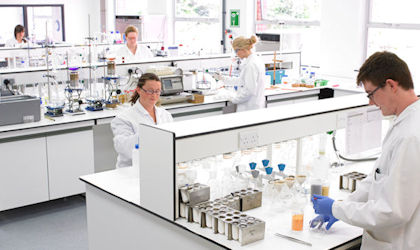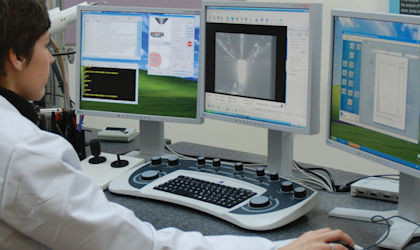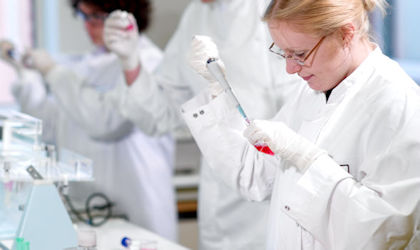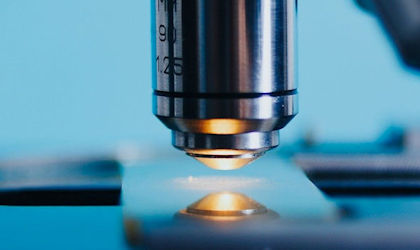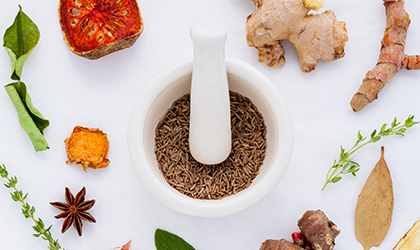Micro-CT scanning of food services, 3D imaging
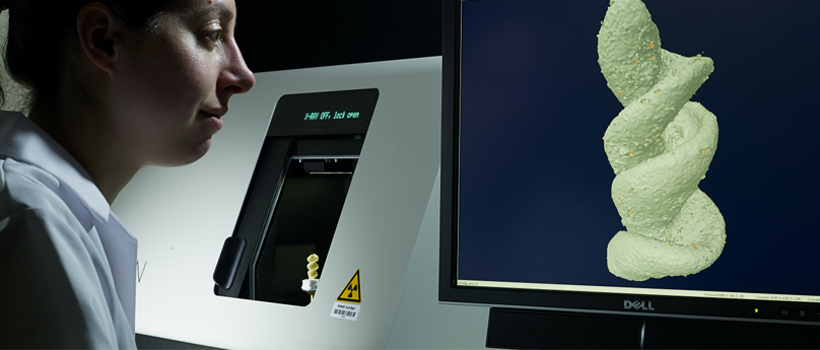
To discuss your needs
X-ray micro-CT scanning of food offers non-destructive imaging and structure measurement in 3D. Images and movies showing the internal structure of products can be generated. Measurements of porosity, bubble size distribution and structure thickness (wall size) can be performed.
Characterisation of porous structures
Many foods contain delicate internal structures e.g. small bubbles in aerated chocolate, fine walls inside bakery products. These structures are difficult to analyse using conventional, destructive imaging methods. 3D imaging of food using X-ray micro-CT allows food to be tested for these structures non-destructively, allowing investigations into structure-property relationships and enabling product developers to characterise structure e.g. during NPD trials or product benchmarking.
Example applications:
Aerated chocolate: % porosity, density and bubble size distributions can be measured.
Bread:% porosity, wall thickness and porosity distributions can be measured.
Structural characterisation of materials
Many raw ingredients undergo structural changes as a result of processing. For example, during roasting, coffee beans, expand and crack. These changes can be visualised and measured using X-ray micro-CT
Green coffee bean
Roasted coffee bean
Key services
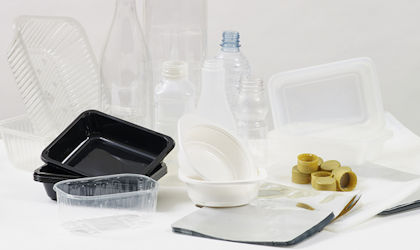
Packaging down the microscope
Microscopy use a range of techniques to examine packaging materials including plastic and metal.
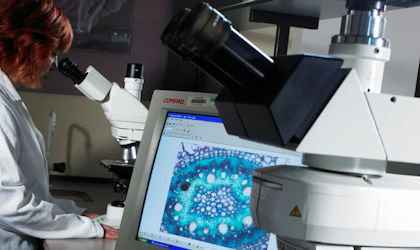
Structure and physical properties
Methods for objective characterisation of food structure and physical properties.
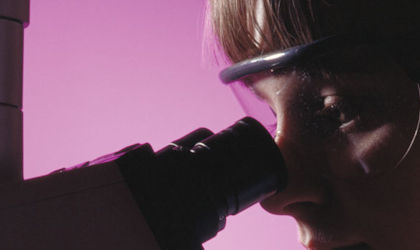
Foreign body identification scheme
Run independently from our own foreign body laboratory, the FOBS scheme enables other laboratories to check their competence in the identification of foreign bodies.
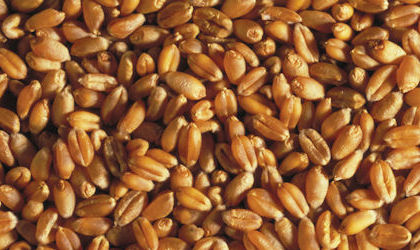
Cereals and milling services
Cereals and milling testing services information, pricing and submission.
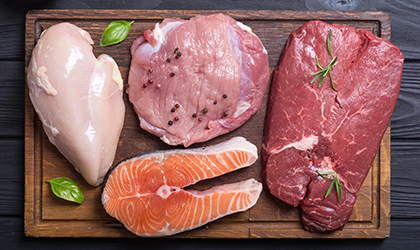
Meat, poultry and seafood analysis
Analysis supporting meat, poultry and seafood suppliers, manufacturers and retailers.
Analysis training courses
Explore our analysis related courses including; Product assessment and Safety and quality culture excellence
Are you getting the most from your Membership?
Watch our membership FAQ videos and find out more about Member Service Account spending, Member Interest Groups, help and advice
Where we refer to UKAS Accreditation
The Campden BRI group companies listed below are accredited in accordance with the recognised International Standard ISO/IEC 17025:2017 by the United Kingdom Accreditation Service (UKAS). The accreditation demonstrates technical competence for a defined scope of methods, specific to each site, as detailed in the schedules of accreditation bearing the testing laboratory number. The schedules may be revised from time to time and reissued by UKAS. The most recent issue of the schedules are available from the UKAS website www.ukas.com. Campden BRI (Chipping Campden) Limited is a UKAS accredited testing laboratory No. 1079


